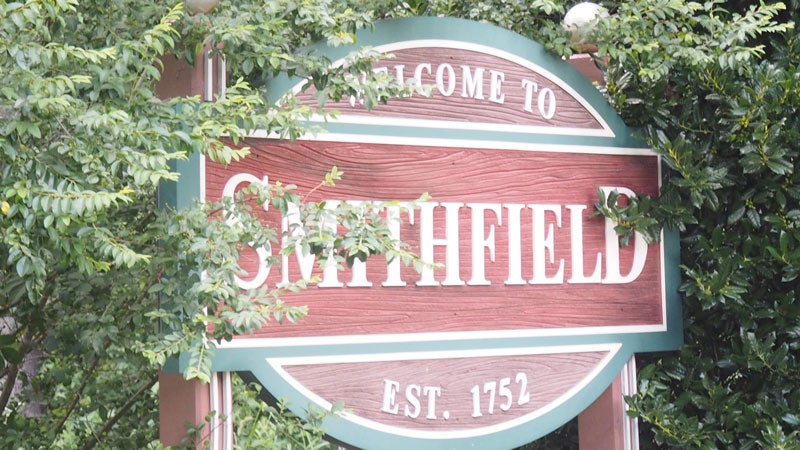Is Smithfield allowing too many houses?
Published 4:46 pm Monday, December 19, 2022

- Smithfield's Planning Commission recently discussed lowering the number of housing units per acre allowed under the town's zoning ordinance, the idea being to deter future developments like Mallory Pointe, an 812-unit community slated to break ground in 2023 at the Mallory Scott Farm off Battery Park Road.
Planning commissioner says ‘yes,’ others say ‘no’
Smithfield Planning Commissioner Dr. Thomas Pope has proposed lowering the number of housing units per acre allowed under the town’s zoning ordinance in hopes of making the town less inviting to developers. But not all of his fellow commissioners are on board with the idea.
The ordinance currently specifies a density of one unit per acre, and a maximum of five lots, on lands zoned “community conservation,” which is Smithfield’s most restrictive zoning. Smithfield’s highest-density option, multifamily residential, currently allows up to 12 units per acre.
At the Planning Commission’s Dec. 13 meeting, Pope proposed lowering the density for Smithfield’s “suburban residential – cluster” zoning from the current 4½ units per acre to three. Smithfield’s “suburban residential – conventional” zoning, under Pope’s proposal, would then decrease from the current three-unit-per-acre maximum to two. “Neighborhood residential” would decrease from two units per acre to one, and community conservation would decrease to one unit per two acres.
Pope’s draft lists unspecified changes to the town’s “downtown residential,” “attached residential” and multifamily zoning designations. Downtown residential currently permits up to five units per acre, and attached, up to eight.
In 2021, the Town Council approved the 812-home Mallory Scott Farm development off Battery Park Road over the objection of residents who argued the influx of new homeowners would overburden roads and schools. Of the nearly 500 total acres now zoned for attached and suburban residential homes, 182 acres had been previously rezoned in 2006 to neighborhood residential for a smaller project that stalled during the 2007-09 Great Recession. The circa-2006 zoning, under the current two-unit-per-acre limit, would have allowed Virginia Beach-based Napolitano Homes to build up to 364 houses without needing approval from the Planning Commission or Town Council.
“If they’re within their rights, we don’t really have a lot of teeth,” Pope said.
Town Attorney William Riddick III countered that, in his view, Smithfield is “not overly generous with density” compared to Isle of Wight County, which allows up to 14 units per acre for multifamily housing, or the neighboring city of Suffolk, where “mixed use core” zoning would allow up to 40 units per acre.
According to Riddick, the current cost of roads, water, sewer and other infrastructure needed for developments has made half-acre and larger lots unprofitable for builders.
“If you don’t want any apartments and you don’t want any multifamily, drop the number of allowed units. … You won’t get any because they can’t afford to build,” Riddick said.
Planning Commission Chairman Charles Bryan said in his opinion, the current maximum densities specified in each of the town’s residential zoning options work, and expressed doubt that Smithfield would ever see a developer propose exceeding the town’s 12-unit-per-acre multifamily maximum.
“The town is much more conservative than the county,” Bryan said.
Commissioner Raynard Gibbs said he understood the “nostalgia” of wanting to preserve Smithfield as it is.
“Unfortunately, as we bring more people in, Smithfield’s going to change. … There’s no place else to build,” Gibbs said, noting the surrounding cities in Hampton Roads are for the most part already built out.
“We’re not giving away the farm,” said Vice Chairwoman Julia Hillegass. “Our restrictions are very stringent compared to other localities.”





